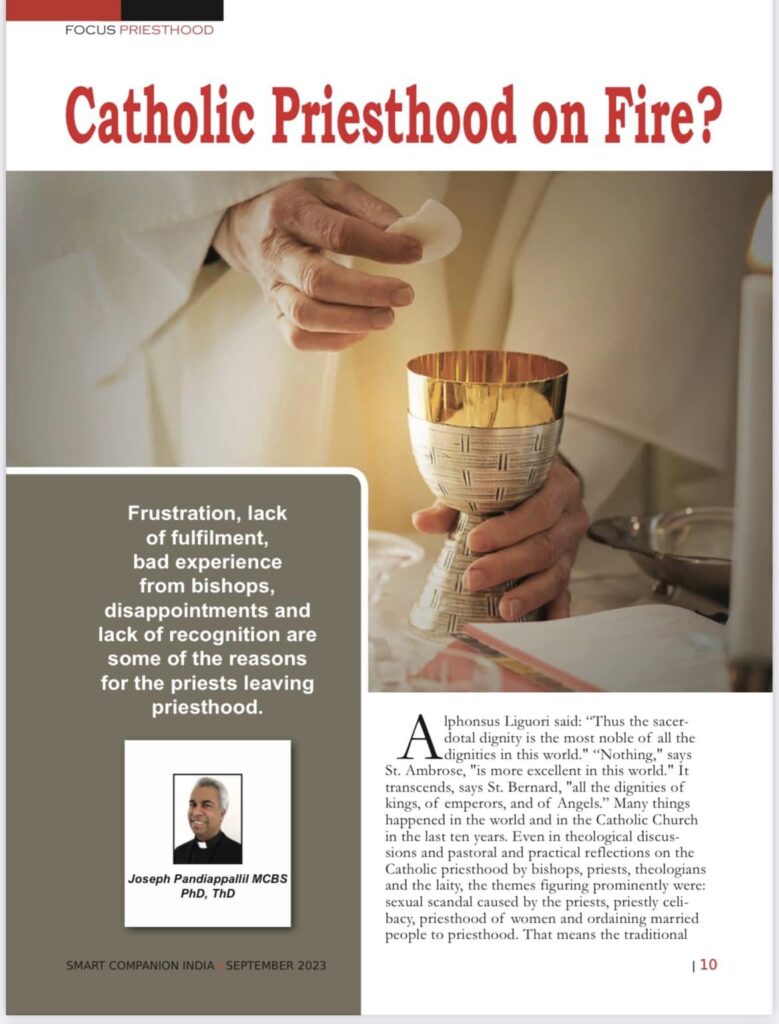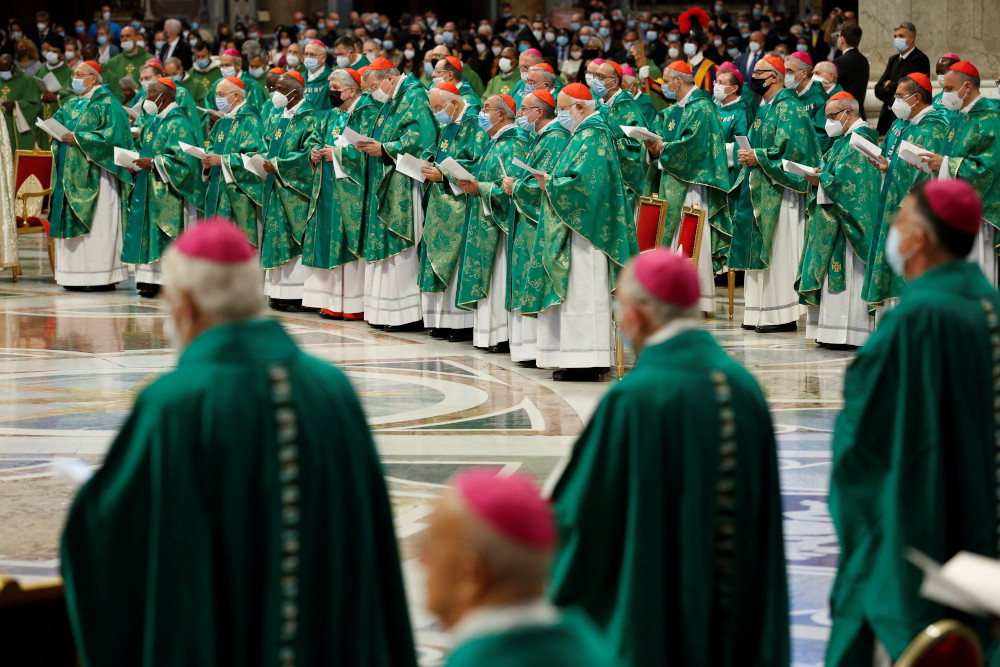
Catholic Priesthood on Fire? Is the Catholic Priesthood in Crisis?
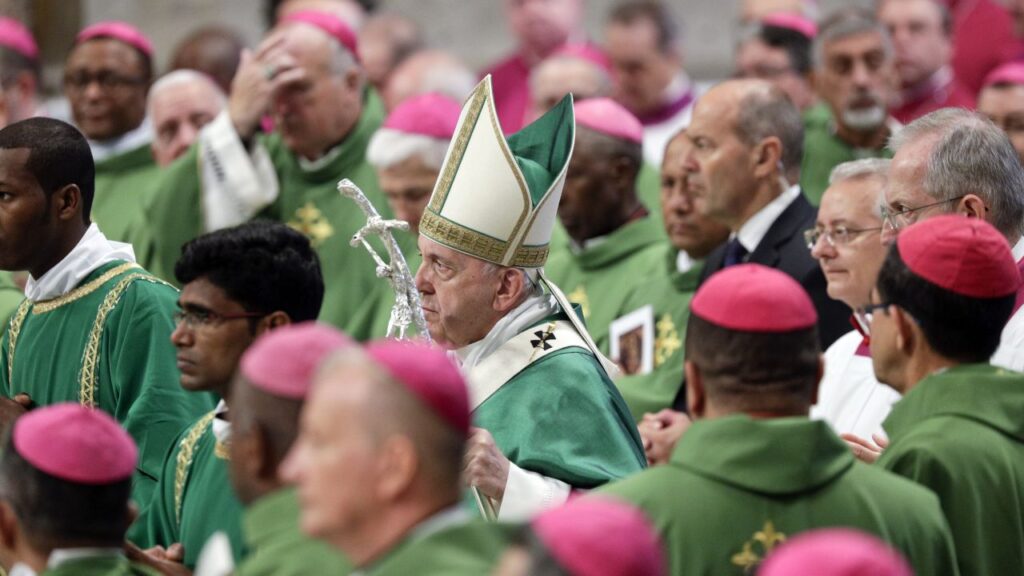
Alphonsus Liguori said: “Thus the sacerdotal dignity is the most noble of all the dignities in this world.” Nothing,” says St. Ambrose, “is more excellent in this world.” It transcends, says St. Bernard, “all the dignities of kings, of emperors, and of Angels.” Many things happened in the world and in the Catholic Church in the last ten years. Even in the theological discussions and pastoral and practical reflections on the Catholic priesthood by bishops, priests, theologians, and the laity, the themes are sexual scandal caused by the priests, priestly celibacy, priesthood of women and ordaining married people to priesthood. That means the traditional picture of a Catholic Priest was not recognized in many recent discussions in Europe. Fulton J. Sheen wrote in his book Those Mysterious Priests: “The laity knows that the Church has “changed”. Some would say it was “dress”, others the “loss of Latin”, others “the emergence of power from below”. He points out that many priests are not aware of the fact that the Church has changed. I think the observation of Bishop Fulton J. Sheen has much relevance today. Many priests do not yet know that the Church has changed. The attitude of the faithful towards the priest is today different from that of 20 years back. The expectation for holiness remains the same. But people do not believe that the priests are as holy as they are expected to be. The faithful feel that the Church belongs to them and that it is not the property of the clergy. Therefore, priestly training should meet the needs of time and priestly ministry should be defined and understood in accordance with the changing faces of the Church strictly based on the apostolic tradition and teachings of the Catholic Church.
Scandals and Trials
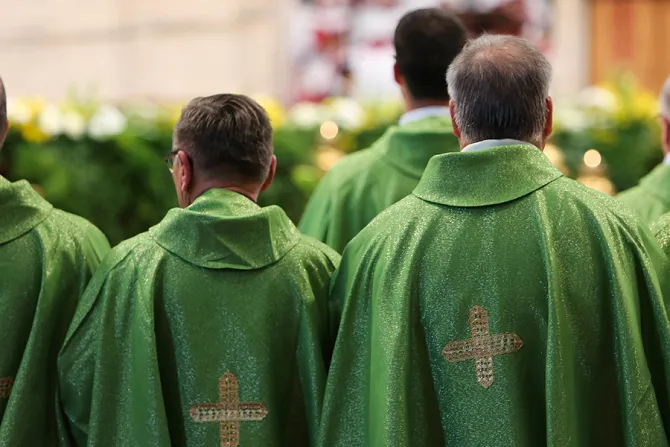
After the Second Vatican Council more than twenty thousand priests left priesthood with in the first twenty years. The next thirty years witnessed the lack of vocation to priesthood. In 1990 there were 22000 Catholic Priests in Germany. Today their number is around 12000. Frustration, lack of fulfillment, bad experience from the bishops, disappointments and lack of recognition are some of the reasons for the priests to leave priesthood. The resignation and marriage of Hans Jörg Vogel, the Bishop of Basel in Switzerland (1995), of Xavier Novell, the bishop of Solsona, Spain (2021) and many other dropouts witness to the fact that not only priests but also bishops belong to this group. Some former bishops and even Cardinals were acused. In America, Australia and Europe many dioceses made professional studies on the sexual abuse of the minor by the clergy. For example, in the study about the priests in the Archdiocese of Munich between 1945 and 2019 497 cases and 235 accused were found. This number is not very high in comparison to the 3000 similar cases registered every year in Germany. But there is a high expectation of the Church, of the faithful and even the non-Christians from the priests. The crime of the priests caused a big scandal in the society. Such crimes which destroyed integrity and harmony among the priests themselves. It created fear and anxiety among the priests and students of priesthood. Lack of relevant theology and spirituality of priesthood, lack of clarity the life-style of priests and commitment to live it, consideration of priests as man of God and expectation of holiness are also challenges today.
The Quest for Reform and the Crisis of Priesthood

The quest for reform in the Catholic Church started in the 16th century through reformation. The Second Vatican council was a landmark for reformation within the Catholic Church. Besides the positive results of reform, the history of the last 50 years shows that the interest among the young people to select priesthood is decreasing. This is more explicit in Europe than in other countries. The neglect of the structural importance, the social relevance and the spiritual dimension of the Catholic priesthood in years might have caused this situation. The latest attempt at reform the Catholic priesthood took place in Frankfurt, Germany from 2018 to 2023 in five meetings of bishops, priests, religious and laity. They observed through the concluding document that the Catholic Priesthood is in crisis and the crisis continues for the last 50 years. It says that many questions on priestly existence existed and raised some 50 years back have not been answered till today. They appeal in the context of the sexual abuse of the priests to reevaluate the meaning of the priestly office. The document questions the tradition of reserving the office of the Catholic priesthood for hetro-sexual man who is ready to live a celibate life. It questions even the need of priestly ordination and specific priestly duties for sacramental life. In a close evaluation of the final document, one could observe that it reflects the German protestant concept of sacraments and priesthood. That is a reason for the Roman authorities not to support this movement. In coming synod of the bishops in Rome in October 2023 the concept of priesthood, the relevance of Catholic priesthood. and the suggestions of the synodal way of the German church will definitely a theme for discussion.
Not properly understanding of the Mission of a Priest
Priest as representative of Christ and as representative the Church to continue the work of salvation and to fulfill the mandate given by Christ to the apostles is the traditional and conservative picture of a priest in the context of the movement like ‘we are the church’ and promotion of the concept of the common priesthood of all the baptized Christians which no more demand the needed of ordained priests. But such are not the views of the official teaching of the Church. In today’s secularized and materialistic society to become a priest or to become a religious is not a normal thing in the society. It is a kind of foolishness in the eyes of the world. The Self-awareness and the self-consciousness of the Catholic priests became weak. The laity feel also being selected by the community and they are selected by God through baptism to fulfill the mission entrusted by Christ. They have to co-exist and cooperate fulfilling each its role, function, and mission and not trying to criticize the other without any self-criticism.
Demand for married Clergy, Woman Priests and other Problems
There are also movements, which demand for married priests. Many people say that they do not understand the meaning of celibate life and the office of priesthood should not be in any way related to married life. According to them, Priests should get the freedom to choose a celibate or a married life. Priesthood is like any of other important office in society, which has nothing to do with family life. Many seminaries in Europe and America are almost empty. Many religious communities are close to extinction. The average age of priests in the year 2000 in America is 60 years (for diocesan priests the age is 59 and for religious priests, it is 64). More than 25% are above 70 years of age. After twenty years the average age should be much higher. Many young priests are dissatisfied. Many older priests are desperate. A survey of the situation done through interviews of many priests above 60 and others below 40 revealed the terrible experience that there are a number of older and younger priests who are dissatisfied. They do not feel any fulfillment, any recognition. Many feel that their bishop or superior are not supportive of them. Many priestly candidates do not possess the required ability, they lack the correct motivation, their faith is shaky; and they lack skill, intelligence, prudence, and self-confidence.
The crisis of identity is an added dimension. Is a priest a prophet? Is he a cultic priest? Is he a Jeremiah or a Melchizedek? What is his role in leadership and administration as he fulfills the function given to him by Christ as king?
Is the Catholic Priesthood in Crisis?

The result of a survey among a few priests shows that the priests belong to the happiest group of people among those who do different professions. The longer a priest is in his profession the happier he is. The survey in the dioceses of Paderborn in Germany, Salzburg in Austria, Chicago in USA and in England shows a high satisfaction in the priestly profession. 87, 3% of the priests were happy and satisfied which is in comparison with other professions very high. According to a survey in the year 2007 priests were the mostly acknowledged people in the society. At the same time there are 69063 priests left the priesthood from 1964 to 2004. The average age of leaving the priesthood is 13 years of priestly ministry. There is at present very less interest from Christians to study theology and apply for priesthood.
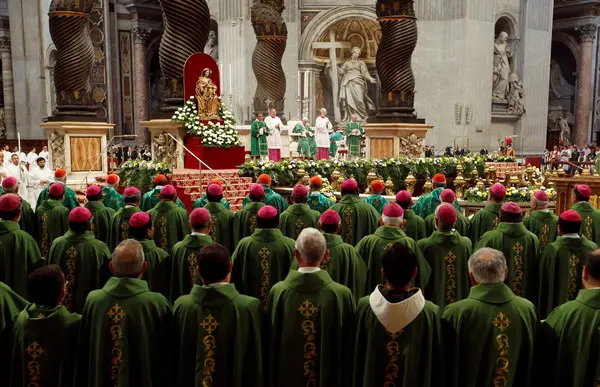
The observations imply that the Catholic priesthood might be in crisis. The Catholic priesthood can be saved from the possibility of crisis if we carefully attend to find its meaning and relevance in society by becoming efficient and holy priests. It is time to take steps in order that the Catholic priesthood does not fall in crisis.
Joseph Pandiappallil MCBS.PhD, ThD
